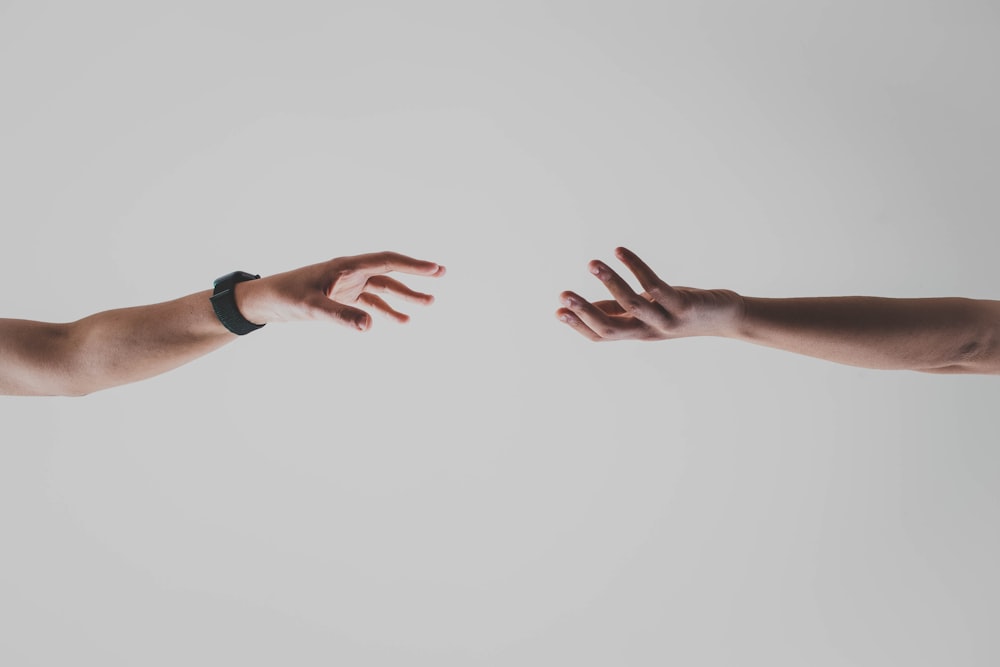目次
Pusher現象に対して傾斜を使用したリーチ運動が有効?
脳卒中急性期のリハビリテーションではPusher現象が問題となることが多いです.
Pusher現象に対してはさまざまなアプローチの有効性が報告されております.
今回はPusher現象に対する介入方法を考えるうえで参考になる論文をご紹介させていただきます.

今回ご紹介する論文
Top Stroke Rehabil. 2021 Dec;28(8):606-613. doi: 10.1080/10749357.2020.1861718. Epub 2020 Dec 20.
Effects of performing a lateral-reaching exercise while seated on a tilted surface for severe post-stroke pusher behavior: A case series
Kazuhiro Fukata 1, Kazu Amimoto 2, Mamiko Inoue 1, Kohei Shida 1 2, Saki Kurosawa 1, Masahide Inoue 1 2, Yuji Fujino 3, Shigeru Makita 4, Hidetoshi Takahashi 4
Affiliations expand
PMID: 33345722 DOI: 10.1080/10749357.2020.1861718
今回ご紹介する論文は2021年に掲載された論文です.
研究の背景
Background: For patients with severe post-stroke pusher behavior (PB), acquiring a vertical posture involves correcting paretic-sided body tilt to the non-paretic side. Active lateral sitting training may facilitate improvement in postural orientation for patients with PB. However, its effect on patients with severe PB remains unclear.
脳卒中後遺症の重症Pusher現象症例において,垂直姿勢を獲得するためには,麻痺側の身体の傾きを非麻痺側に修正する必要があります.
積極的側方座位トレーニングはPusher現象症例の姿勢志向性の改善を促進する可能性がある.
しかし重症Pusher現象例に対するその効果はまだ不明であります.
研究の目的
Objective: To determine the effect of performing a lateral-reaching exercise in patients with severe PB seated on a tilted surface
傾斜面に座位を取った重症Pusher症例において,側方リーチング運動を行うことの効果を明らかにすることを目的としております.
研究の方法
Methods: Three patients with severe PB due to right hemispheric stroke participated in our study. Using a single-case design, the intervention’s effect was verified using the applied behavior analysis method. Conventional physical therapy was performed for 1 h at baseline and at follow-up. During the intervention, lateral sitting training on a tilted surface was performed 40 times per session (total, 2 sessions). PB was assessed using the Scale for Contraversive Pushing and the Burke Lateropulsion Scale, and patient-reported fear of falling. The Function in Sitting Test (FIST) and the Trunk Control Test (TCT) were administered.
対象は右半球性脳卒中による重度のPusher現象症例3例としております.
シングルケースデザインを用いて,応用行動分析法を用いて介入効果を検証しております.
ベースライン時とフォローアップ時に従来の理学療法を1時間行っております.
介入期間中,傾斜面上での側方座位トレーニングを1回につき40回実施しております(計2回).
Pusher現象はContraversive Pushing ScaleとBurke Lateropulsion Scaleを用いて評価し,転倒恐怖は症例が報告しております.
座位機能テスト(FIST)と体幹コントロールテスト(TCT)を実施しております.
研究の結果
Results: PB improved in all patients post-intervention and persisted at follow-up. Fear of falling during the passive sitting task while moving toward the non-paretic side disappeared post-intervention and at follow-up. FIST and TCT scores improved in 2 patients.
Pusher現象は介入後すべての症例で改善し,その効果は追跡調査でも持続しておりました.
非疼痛側へ移動する受動的座位課題中の転倒恐怖は,介入後および追跡調査時に消失しました.
FISTスコアとTCTスコアは2名の症例で改善しておりました.
研究の結論
Conclusion: The lateral sitting exercise reduced severe PB in all patients; however, sitting balance and trunk performance did not improve in 1 patient. Future studies to examine the adaptability of this task and long-term effects are needed.
側方座位トレーニングはすべてのにおいて重症Pusher現象を軽減しておりますが,座位バランスと体幹のパフォーマンスは1例の症例では改善しました.
この課題の適応性と長期的な効果を検討する今後の研究が必要であります.
今回はPusher現象に対する介入方法を考えるうえで参考になる論文をご紹介させていただきました.
Pusher現象に対するアプローチとして傾斜面上の座位トレーニングというのを考えても良いかもしれませんね.






